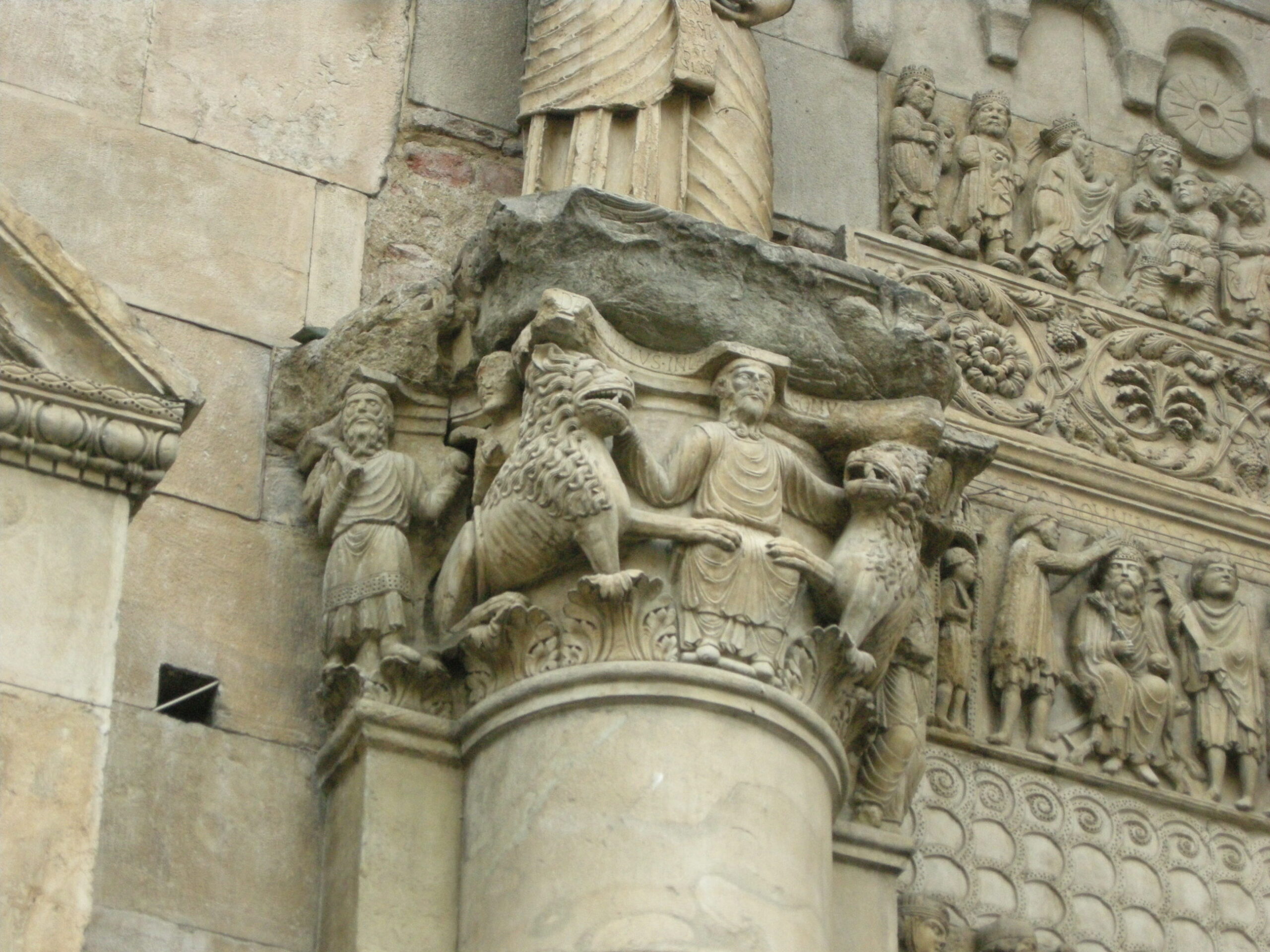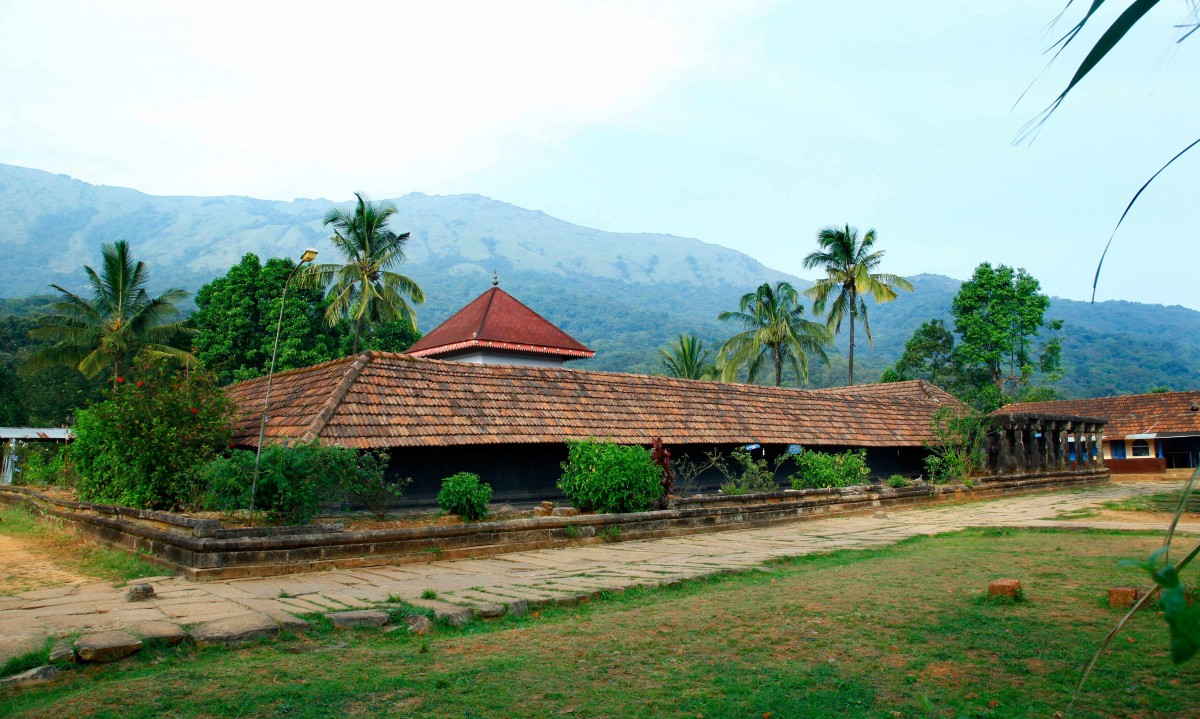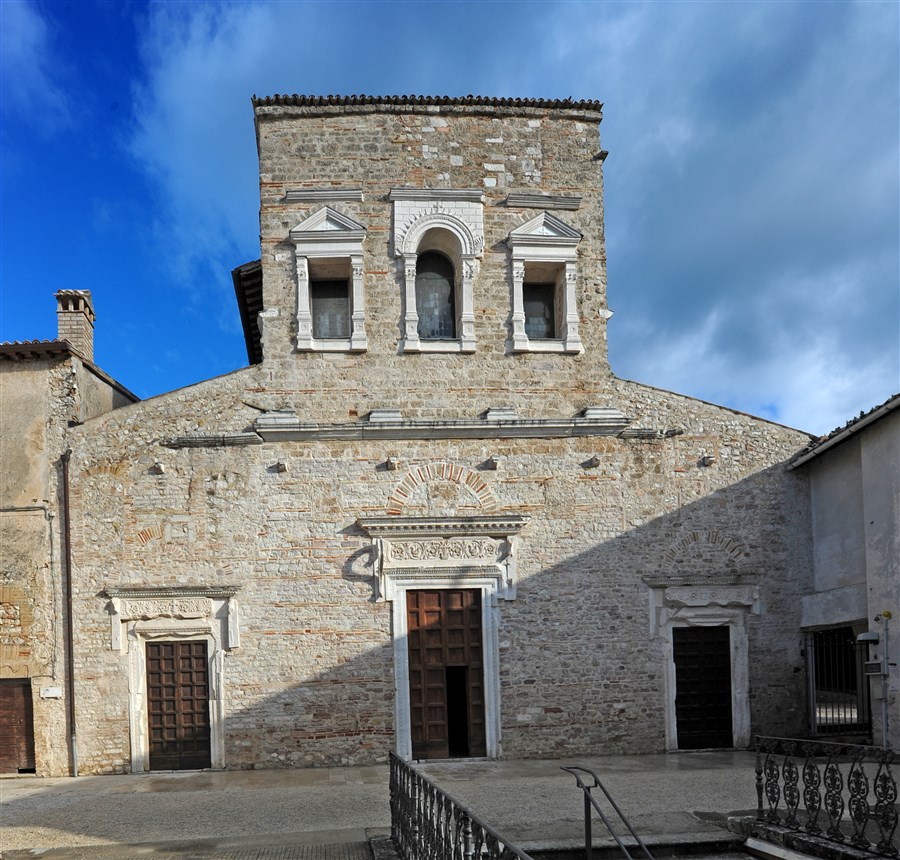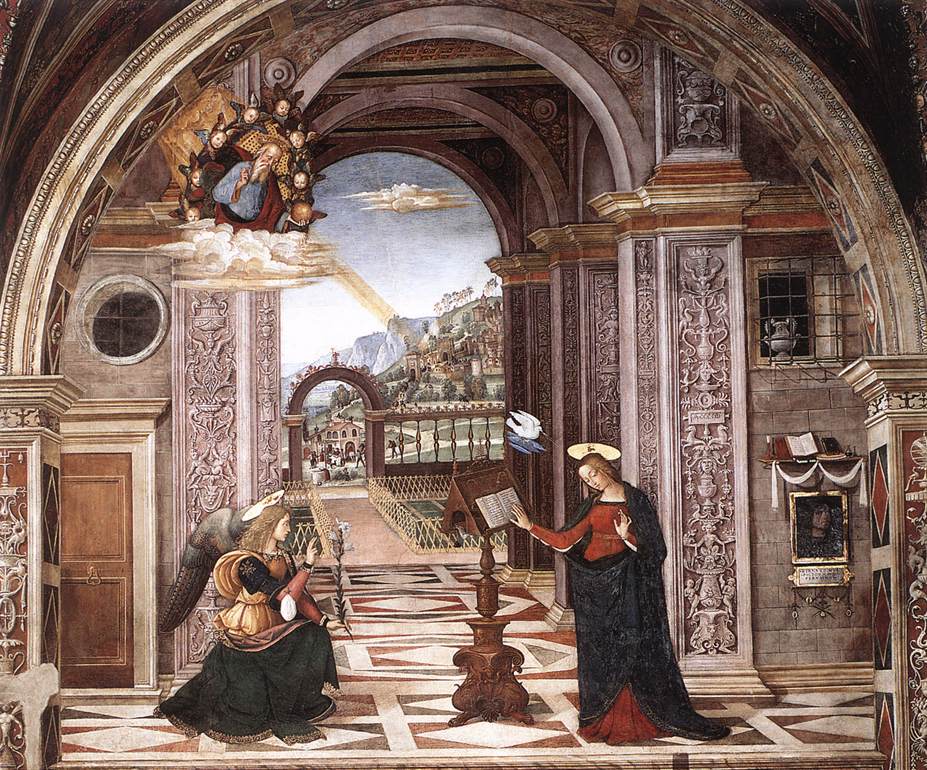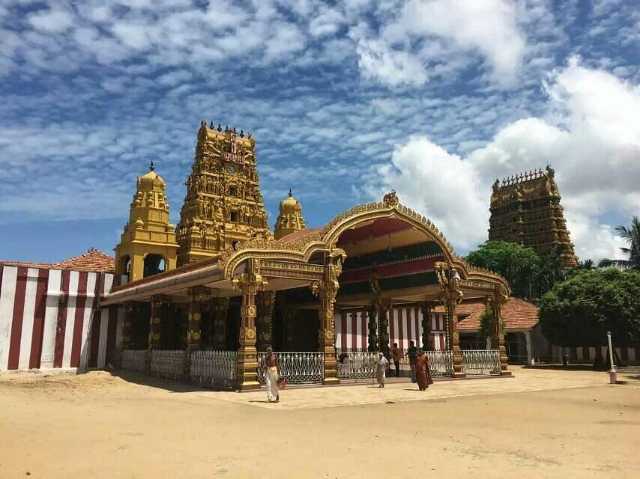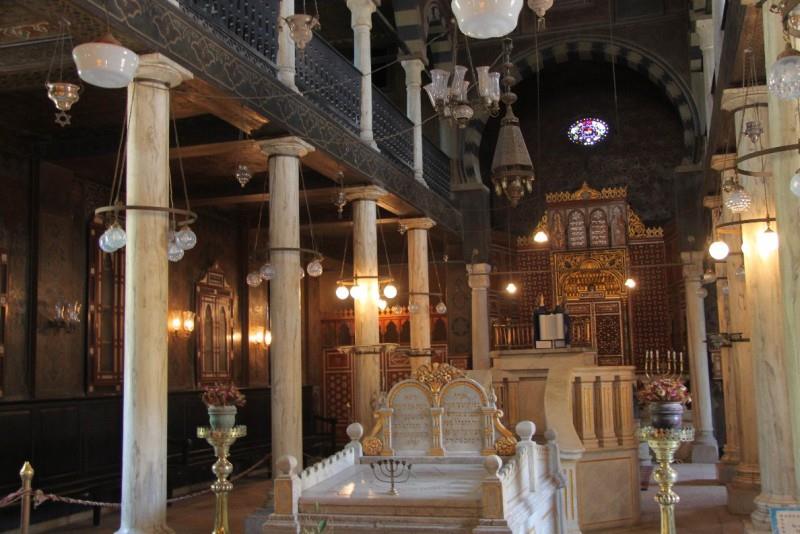St. Donninus is the pivotal character on which the historical and symbolic story of both the city and its cathedral hinges.In the place where legend has it that the saint was martyred,an early tomb in a circular chapel was in fact built,which the Fidentine church places around the year 293 A.D. although he is said to have been a court cubiculary of the Emperor Maximian Herculean (who lived in the ‘4th century A.D.),an important function. The bas-reliefs in the central portal illustrate his story:the moment when he crowns the Emperor;when he asks him to be dispensed from office because he has become a Christian;Maximian ordering him and his companions to pursue him and his companions and slaughter them;which takes place on the banks of the river Stirone,which once washed the city and over which there was a bridge. Donnino is caught up,his head is cut off and so he lies on the right bank of the river.
The iconography of the saint depicts Donnino holding his own head (like Saint Denis of Paris).From that moment, he began to perform miracles and his fame as a thaumaturge saint spread like wildfire, so much so that the saint is venerated in many churches in northern and central Italy.Visits to his shrine multiplied and it became necessary to enlarge the burial site. The legends and mysteries that accompany his hagiography also multiplied.
In fact,archaeological excavations have led to coclude that St. Donninus was buried in the cemetery area of the ancient municpium of Fidentia,although it is still unknown when and why his body was placed in a sarcophagus from the second century AD. This artifact with the holy remains was found under the altar of the cathedral crypt in 1853.Today the saint rests in a golden ark in the crypt.
Fidenza was not called this, until 1927, but Borgo San Donnino. Its original name had been lost in the mists of time, until one day excavations returned inscriptions from Roman times stating that this town was called Fidentia, and so the toponymic transformation was soon made.The town stands at a strategic point on the Via Francigena,which here takes the name Romea,because it brought pilgrims to Rome from the earliest times.
St. Donninus is the pivotal character on which the historical and symbolic events of both the town and its cathedral hinge.In the place where legend has it that the saint was martyred,an early tomb was in fact built in a circular chapel,which the Fidentine church places around the year 293 A.D. although he is said to have been a court cubiculary of Emperor Maximianus Herculeus (who lived in the ‘4th century A.D.),an important function. The bas-reliefs in the central portal illustrate his story:the moment when he crowns the Emperor;when he asks him to be dispensed from office because he has become a Christian;Maximian ordering him and his companions to pursue him and his companions and slaughter them;which takes place on the banks of the river Stirone,which once washed the city and over which there was a bridge. Donnino is caught up,his head is cut off and so he lies on the right bank of the river.
The iconography of the saint depicts Donnino holding his own head (like Saint Denis of Paris).From that moment, he began to perform miracles and his fame as a thaumaturge saint spread like wildfire, so much so that the saint is venerated in many churches in northern and central Italy.Visits to his shrine multiplied and it became necessary to enlarge the burial site. The legends and mysteries that accompany his hagiography also multiplied.
In fact,archaeological excavations have led to coclude that St. Donninus was buried in the cemetery area of the ancient municpium of Fidentia,although it is still unknown when and why his body was placed in a sarcophagus from the second century AD. This artifact with the holy remains was found under the altar of the cathedral crypt in 1853.Today the saint rests in a golden ark in the crypt.
A place of martyrdom, perhaps a crypt-martyrium just like the one that originated the French basilica of Saint Denis, thus seems to have been the basis for the erection of this splendid Romanesque cathedral, which has seen the succession of various building layers, at least seven, corresponding to as many eras.
The facade of the Fidenza cathedral constitutes one of the most important testimonies of how sculpture and architecture were already strongly dependent in the Romanesque period. It is an unfinished work where only the lower part of the central portion and the two towers have their final appearance.
The portal of the cathedral depicts the culmination of the saint’s life, the sacrifice for Jesus, the cutting off of his head that took place in 293 A.D. on the left bank of the Stirone stream, where a Roman bridge stands today. When the saint was abandoned now lifeless a miracle happened that is well remembered in the bas-reliefs on the facade. Suddenly the body, with its own head in hand, stood up and walked across the stream!
Upon reaching the other bank he would lie down and, leaving the body, the soul would ascend to heaven led by the Angels.
The two towers also have important decorative elements of Antelamic culture. In the northern tower two slabs depicting the Massacre of the Innocents and the Cavalcade of the Magi are visible; while in the southern tower above a string-course frame Stories of Pilgrimages are visible.
Inside, the cathedral has a three-aisle plan with bundled pillars, and features a slender structure topped by women’s galleries and four-mullioned windows. The nave culminates in the raised chancel near the crypt. Noteworthy are the two sculptures of the Antelamic school depicting Christ the Judge and the Fall of the Rebel Angels, close to the fragment of a fresco depicting the Last Judgment and attributable to the late 12th century Emilian school. The lower part of the church dates from the 12th and, for most scholars, was designed by Lanfranco architect of Modena Cathedral; while the four side chapels are 16th-century.
The oldest part of the cathedral is the crypt, characterized by two rows of five columns decorated with Romanesque and Gothic capitals that divide the hall into three naves. Of particular interest is the capital adorned with the image of Daniel in the lions’ den, while the others are historiated with human protomes, figures from medieval bestiary and plant motifs. Also inside the crypt, in an ancient Roman sarcophagus, were the remains of the city’s patron saint, later placed in a reliquary visible today under the altar.
